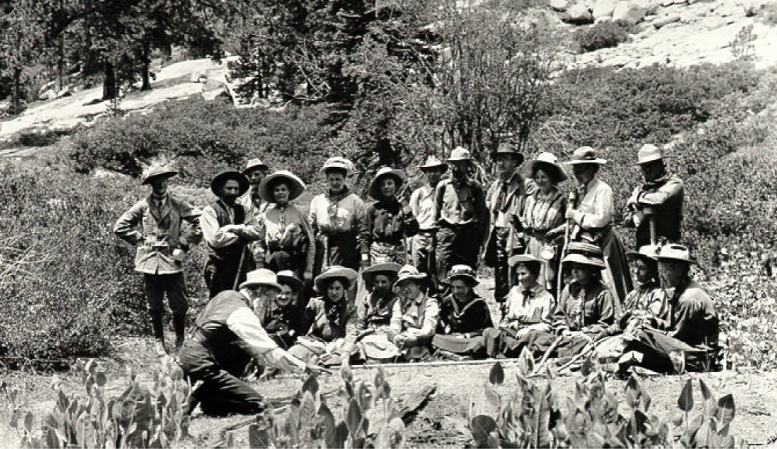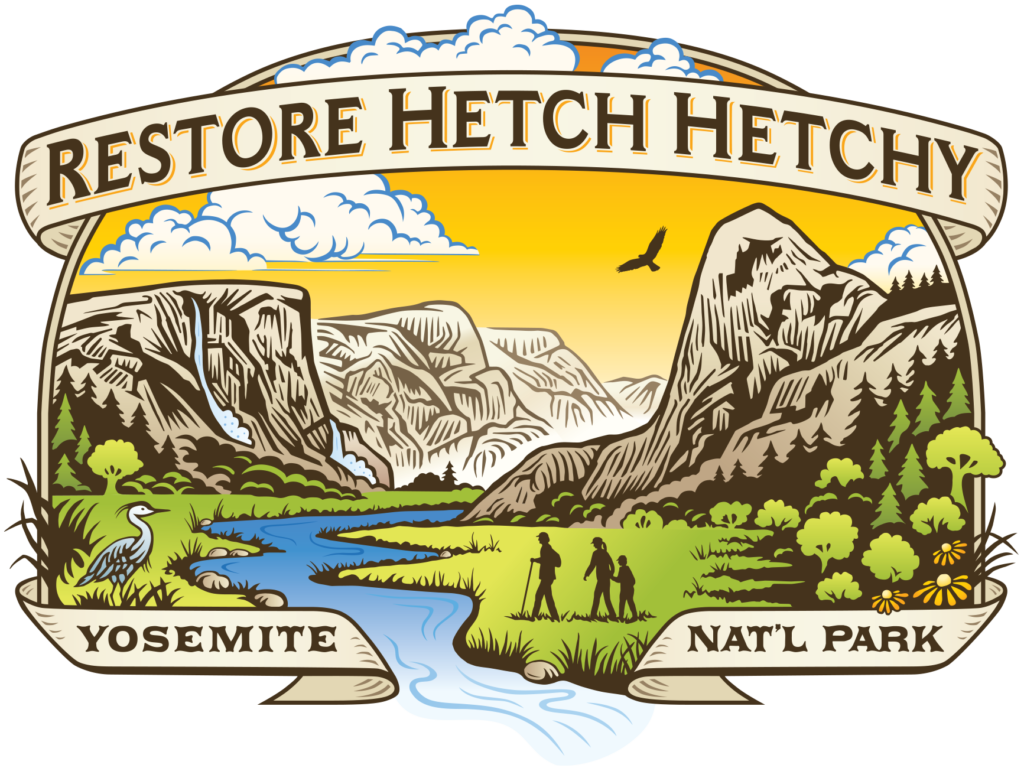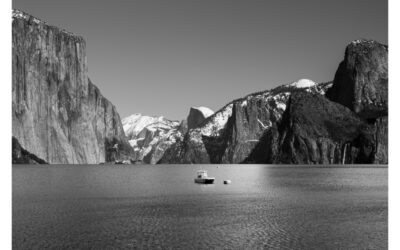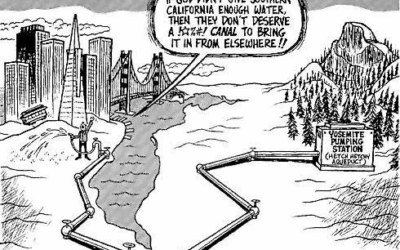History of the valley

Hetch Hetchy Valley in 1908. Photo by Isaiah West Taber.
Hetch Hetchy was once a resplendent glacier carved valley, with towering cliffs and waterfalls cascading onto a serene valley floor. Pioneer conservationist John Muir called it a “remarkably exact counterpart” to the now world-famous Yosemite Valley – 15 miles to its south. Hetch Hetchy was one of Earth’s most beautiful places.
Due to its glacier carved U-shape, Hetch Hetchy was one of the more hospitable locations in California’s rugged Sierra Nevada. The valley was home to many Indigenous peoples both seasonally and year-round.
Hetch Hetchy is the ancient homeland of nearly a dozen Indigenous peoples, including Sierra Miwok, Yokuts, Washoe, Western Mono, and Paiute. The word Hetch Hetchy may refer to the name of a Miwok village in the valley and/or to “a kind of grass or plant with edible seeds abounding in the valley.” Alternatively, the valley is referred to as Iyaydzi in the Paiute language. Regardless of the name used, for thousands of years indigenous people were the stewards of this special place – hunting, burning, pruning, cultivating, seeding, transplanting, utilizing and caring for important plant species. (For more information see Tending the Wild: Native American Knowledge and the Management of California’s Natural Resources, M. Kat Anderson, 2013)
State-sanctioned genocide in the mid 1800’s, including the Mariposa War of 1850-51, forcibly removed most Native people from the Yosemite area, making them trespassers on their own land. (For more information see on the Mariposa War and early CA Indian policy see Benjamin Madley’s American Genocide: The United States and the California Indian Catastrophe, 1846-1873)
In 1850, the Screech brothers were the first European Americans known to have visited Hetch Hetchy. Naturalist John Muir followed soon thereafter, describing Hetch Hetchy as “a grand landscape garden, one of nature’s rarest and most precious mountain temples.” Muir led the campaign to convince Congress to create Yosemite National Park in 1890 and to protect Hetch Hetchy Valley “in perpetuity”.
But in 1913, the United States government allowed, for the only time in our nation’s history, a single city to develop one of our national parks for its own exclusive use. When President Woodrow Wilson signed the Raker Act on December 19, 1913, he permitted San Francisco to build a dam in Yosemite National Park’s spectacular Hetch Hetchy Valley.
Today, most of the park’s 4 million annual visitors go to the similarly spectacular Yosemite Valley, unaware that Hetch Hetchy Valley once existed a mere 15 miles to the north.
Building a dam in Yosemite was allowed at a time when our national parks were relatively new. Even so, the proposal generated unprecedented controversy. Preservationists, led by John Muir, and more than 200 newspaper editorials nationwide opposed the legislation. But the San Francisco lobbyists were able to push the Act through Congress.
The campaign to prevent Hetch Hetchy Valley from being dammed and flooded failed, but was not forgotten. Three years later, due to public outrage over the Raker Act, Congress reversed course. It passed the National Park Service Act, ensuring that our parks would be preserved for the enjoyment of all Americans. The damming of Hetch Hetchy remains the only time in United States history that such destruction has been allowed in any of our national parks.

John Muir leading a group to Hetch Hetchy Valley in 1909. Photo: Holt-Atherton Department of Special Collections, University of the Pacific
Muir was right. Only three years later, public outrage over the seizure of Hetch Hetchy Valley caused Congress to pass the National Park Service Act. This act ensured that our parks would be preserved and managed for the enjoyment of all Americans. So, in many ways, the desecration of Yosemite also inspired our nation’s conservation movement and no such intrusions in our parks have been allowed since.
But Hetch Hetchy Reservoir remains as a scar upon Yosemite and our national park system.
The unfortunate story of the clear-cutting, damming and flooding of Hetch Hetchy Valley has been told many times in film, books and newspapers. Some have described the damming of Hetch Hetchy as “San Francisco’s Original Sin“. As described by Robert Redford, Hetch Hetchy’s damming turned into the defining struggle of the conservation movement.
Restoration of Hetch Hetchy Valley will not only restore the integrity of Yosemite National Park, it will also resurrect one of the most ecologically diverse and scenic areas in our national park system – a twin of the famed Yosemite Valley, 15 miles to its south.
It’s time to return Yosemite’s Hetch Hetchy Valley to the American people.
– Harrison Ford
Our blog
Our flagship blog features analysis of news from our staff and announcements of upcoming events.
2025 Spring Newsletter and Robel Fessehatzion Art
Our Spring 2025 Newsletter has been delivered to mailboxes is also posted online here. If you would like a printed copy but have not received one,...
Big, Beautiful Bill – Land Out, Water In
The House of Representatives passed President Trump's "Big, Beautiful Bill" on Thursday by a single vote. It heads to the Senate where some say...
Congress members Launch Bipartisan Public Lands Caucus
The damming and flooding of Hetch Hetchy in Yosemite National Park looms large in American history as arguably the most infamous loss of public land...
Join us
Sign up to receive blog posts and other news by email.

Follow us
Stay up-to-date with breaking news and upcoming events.



